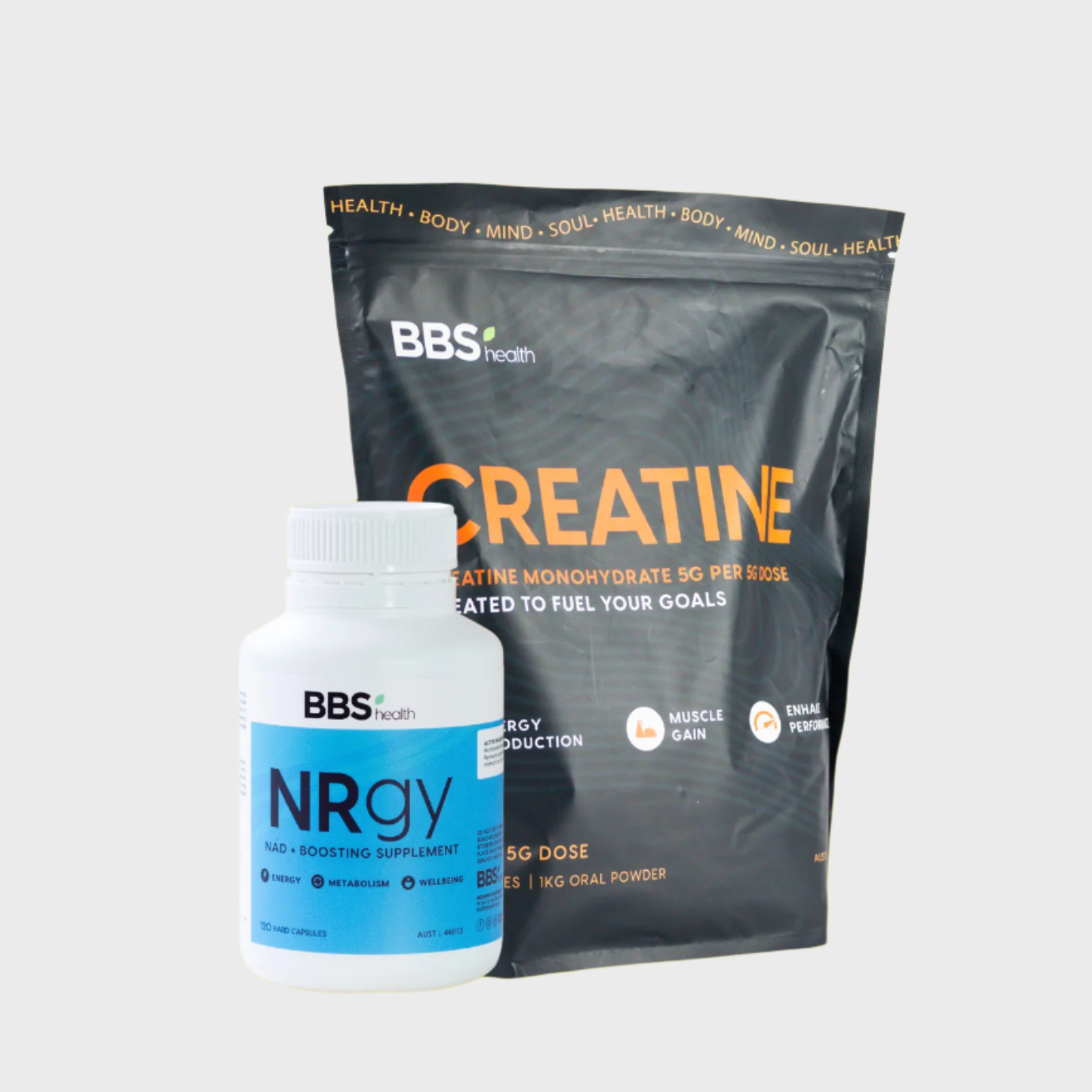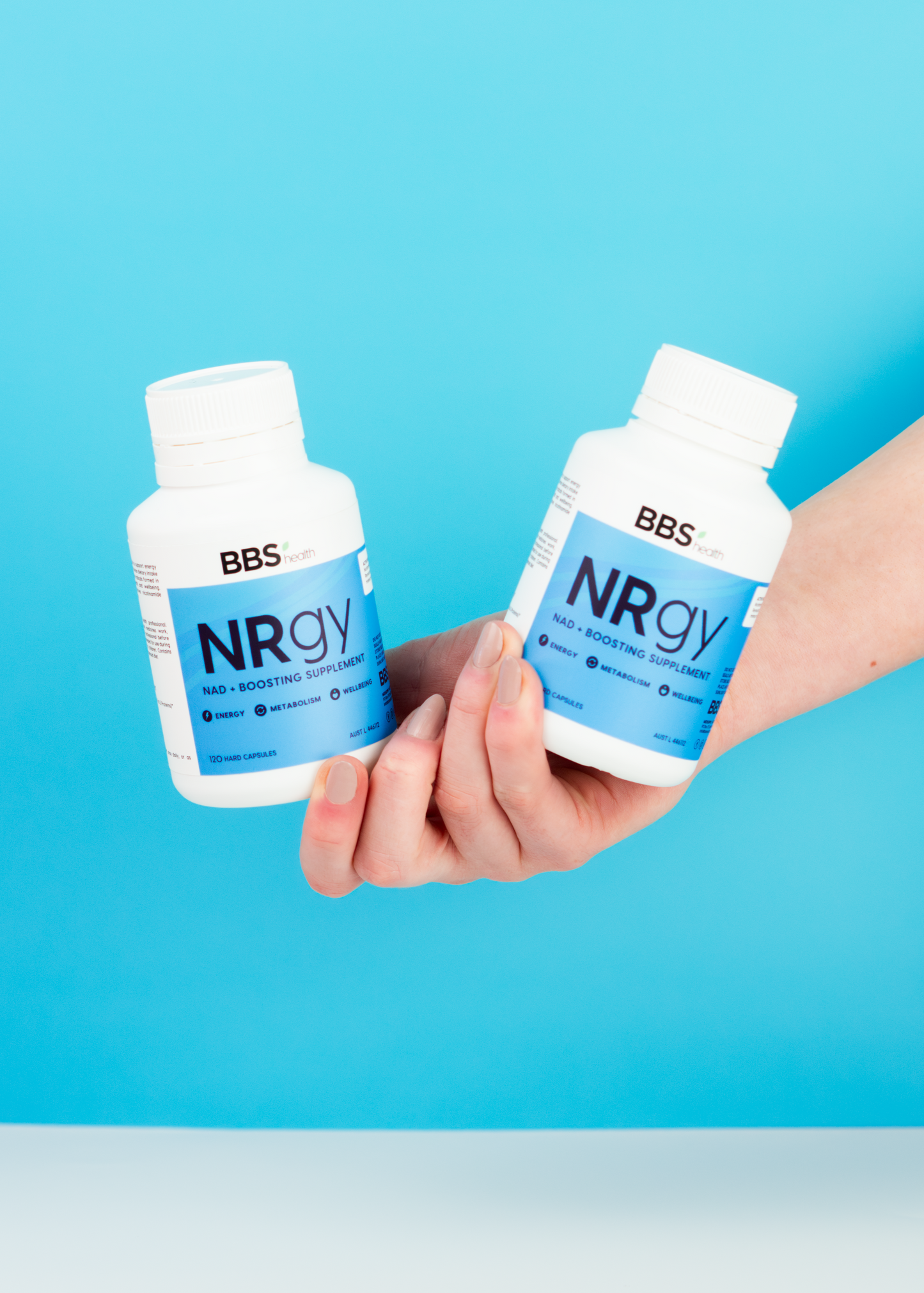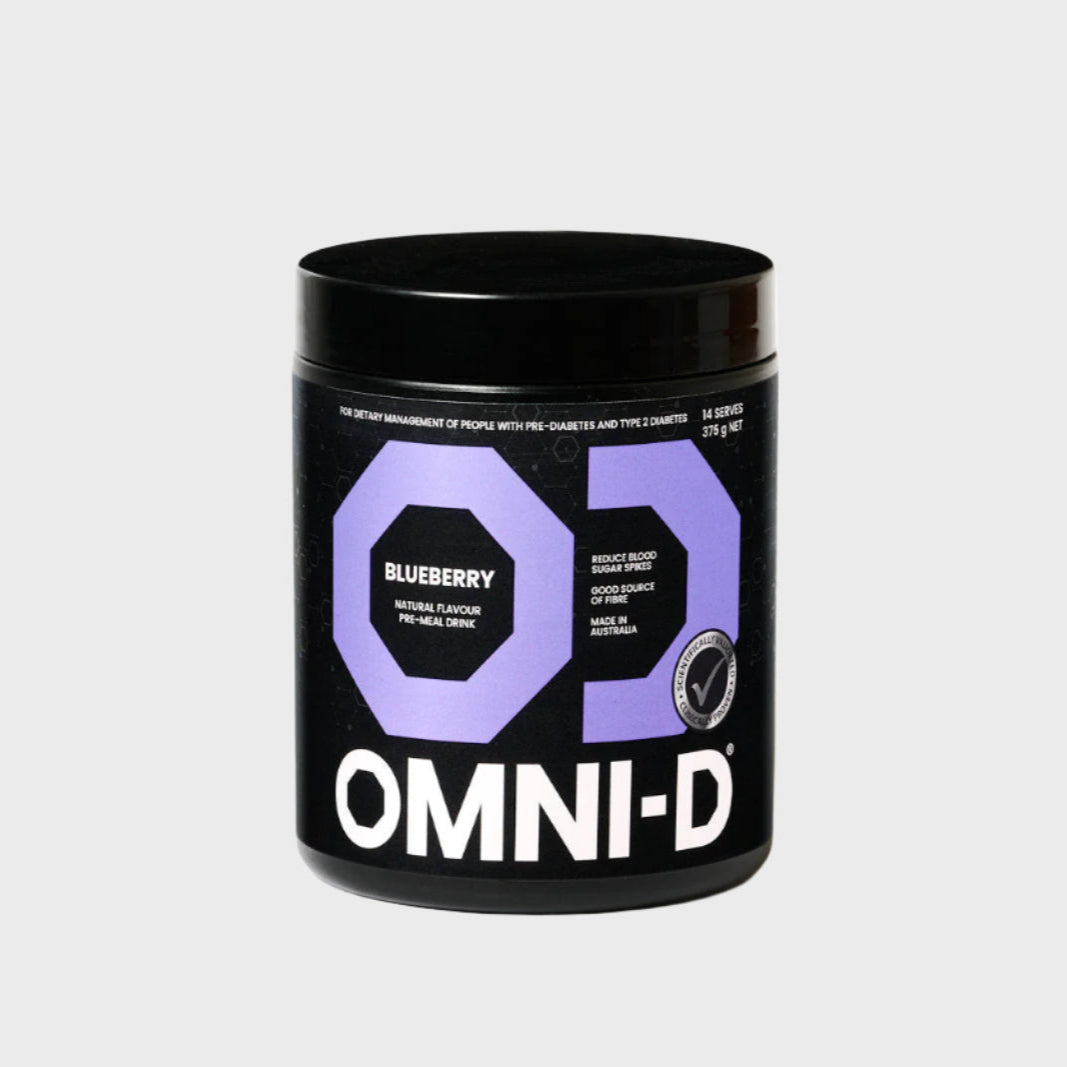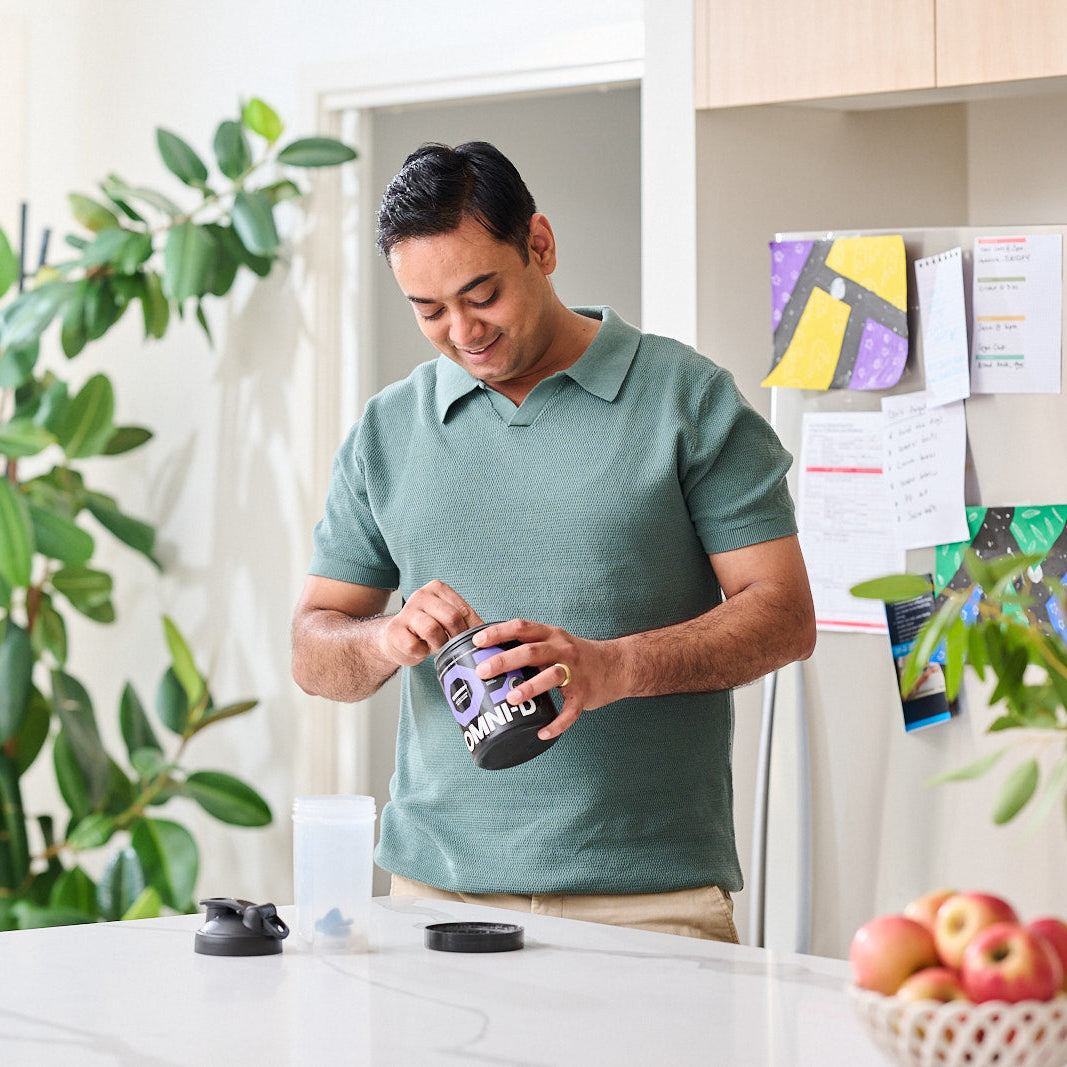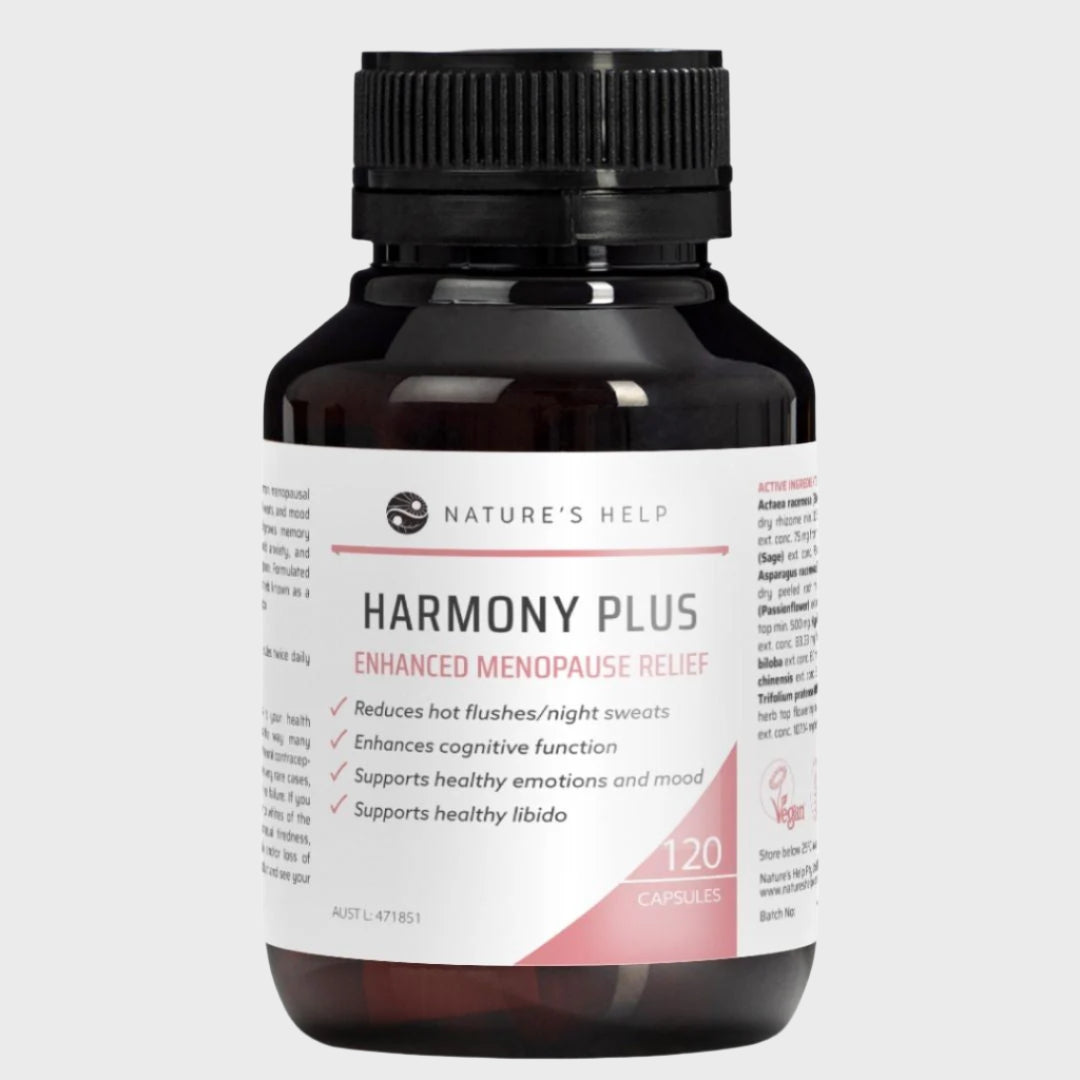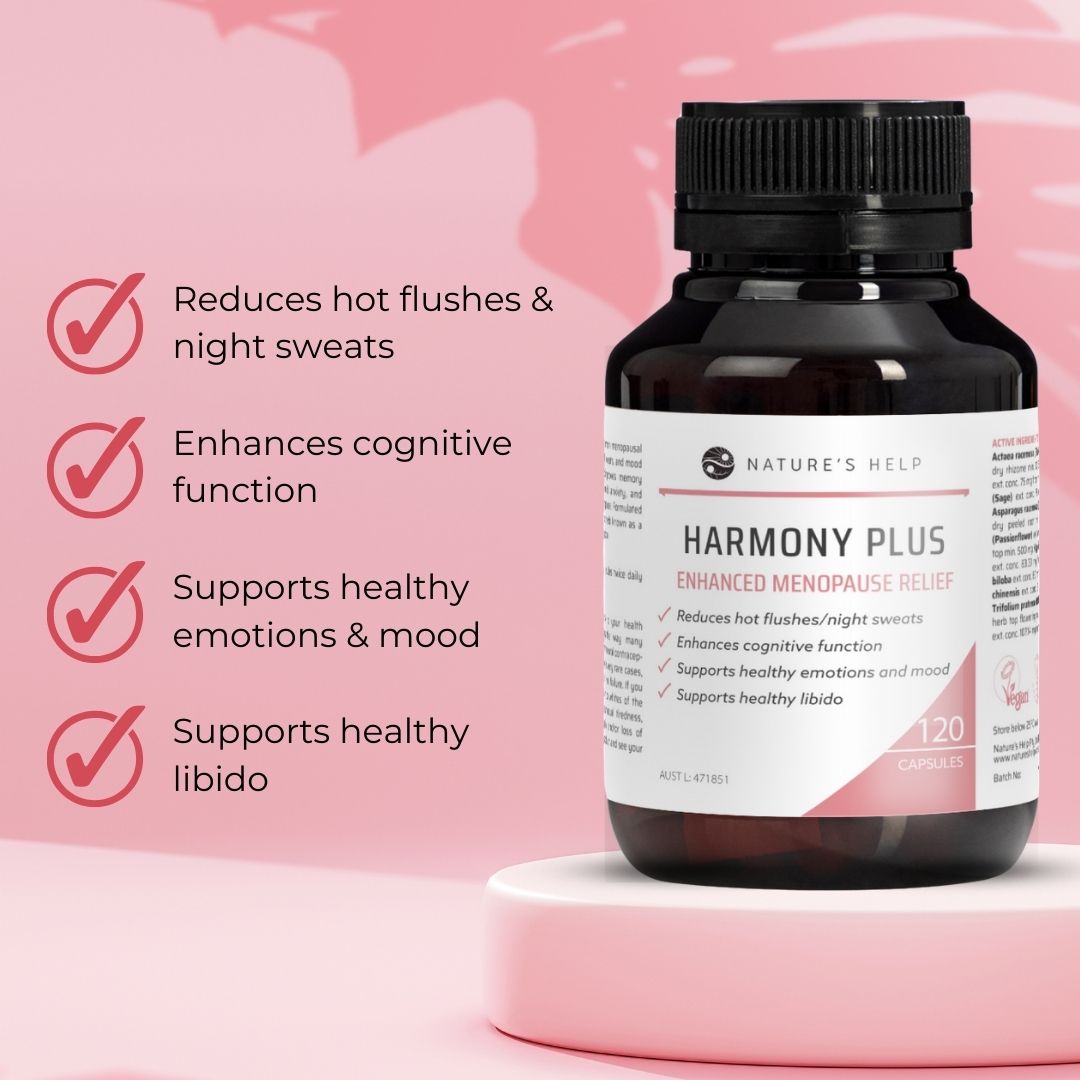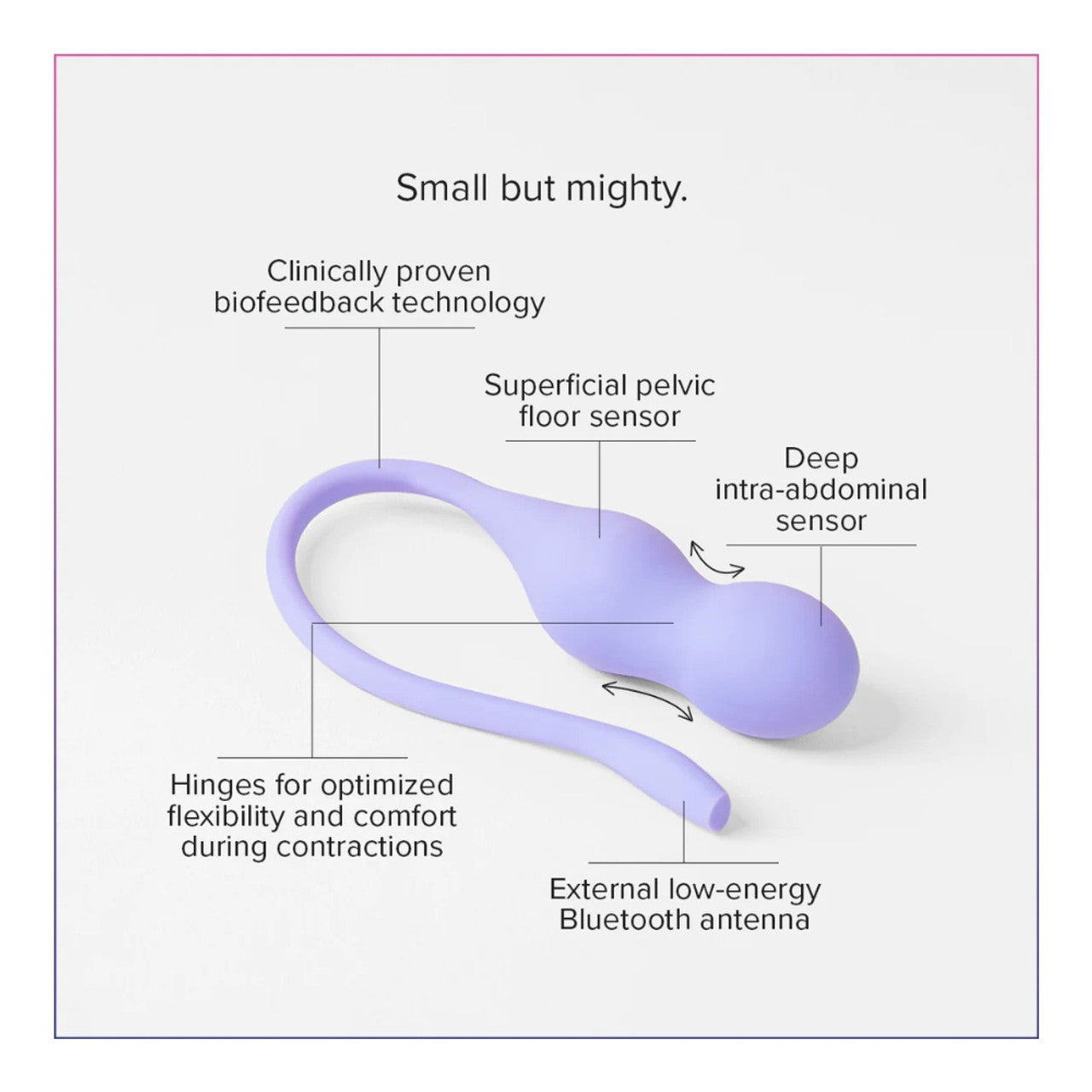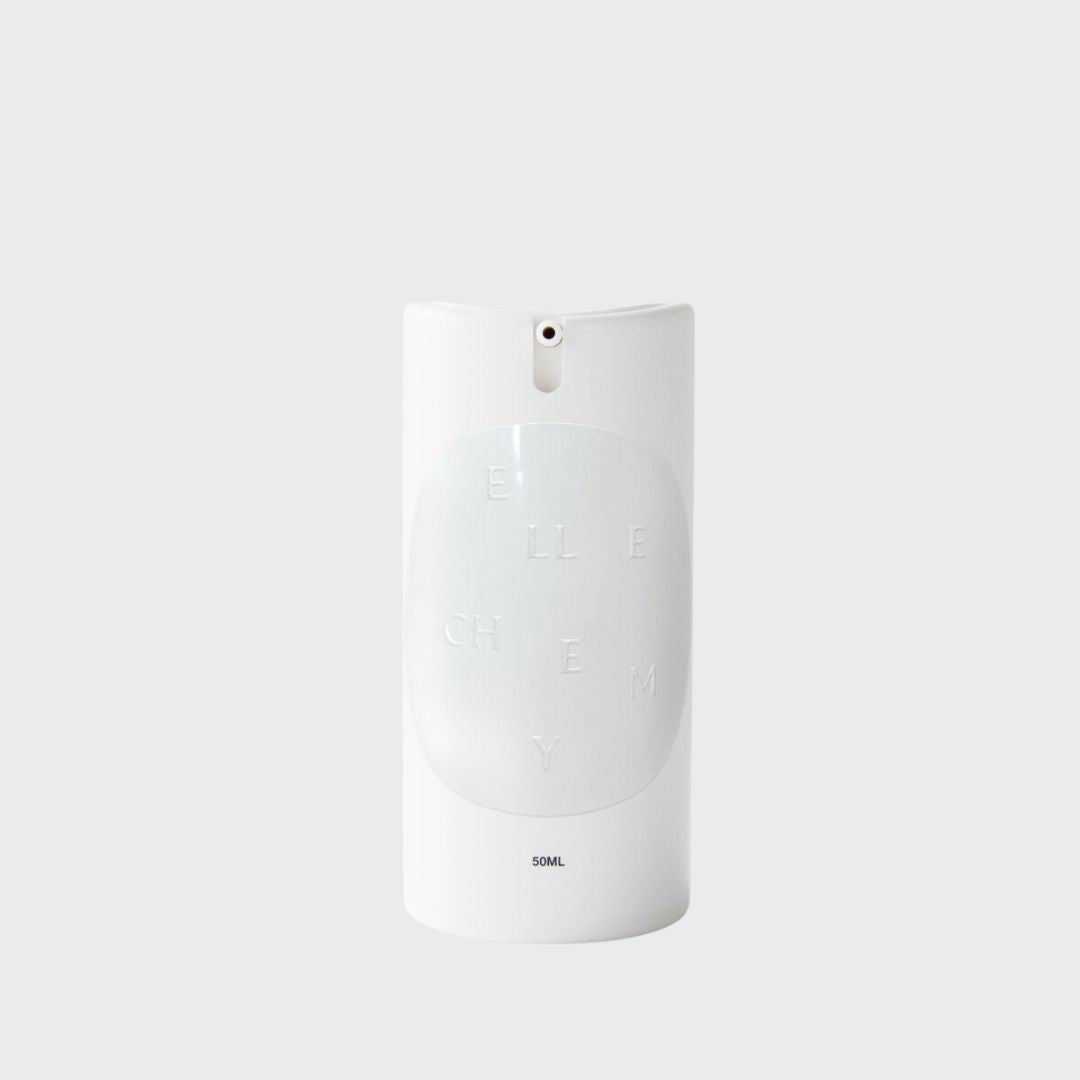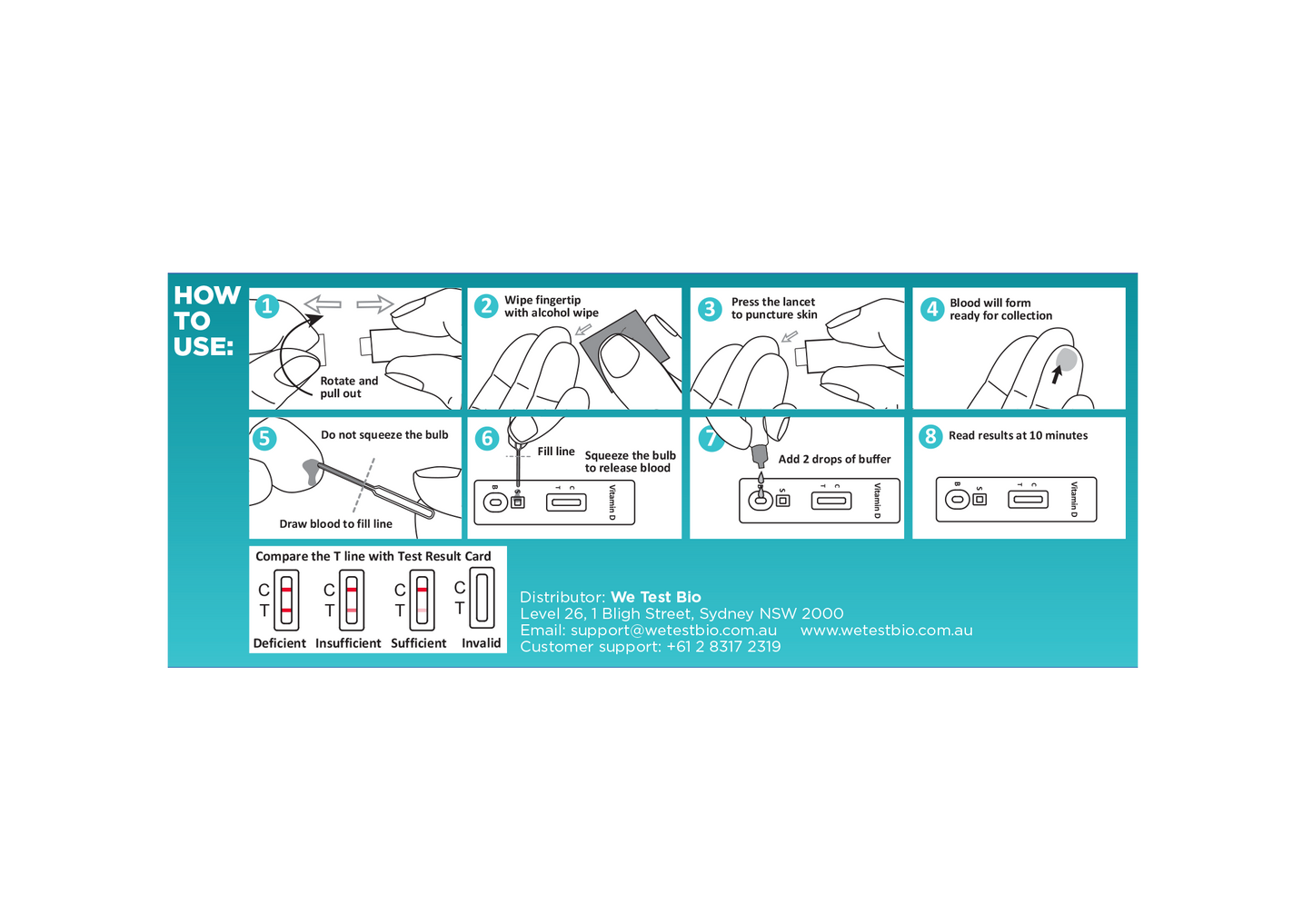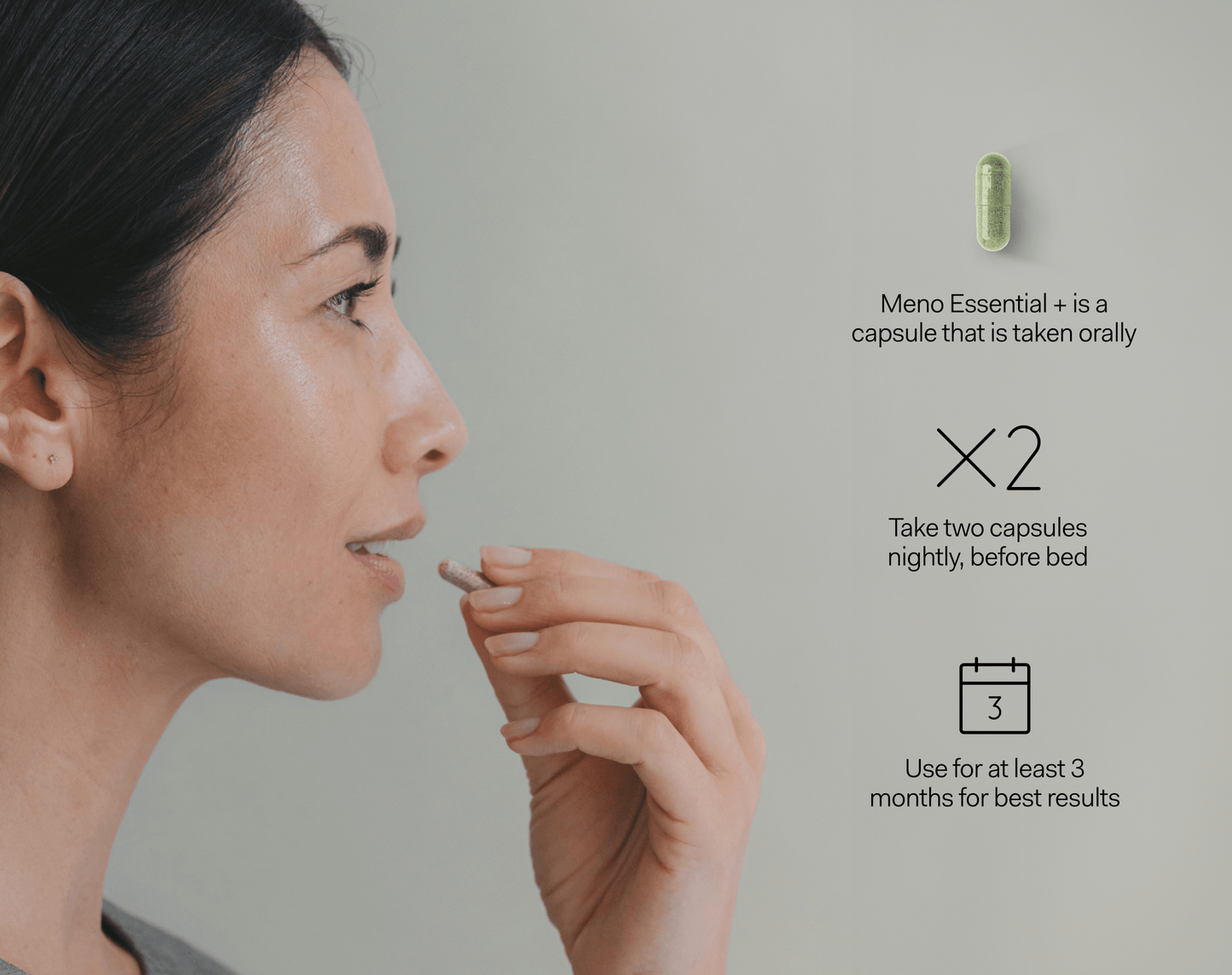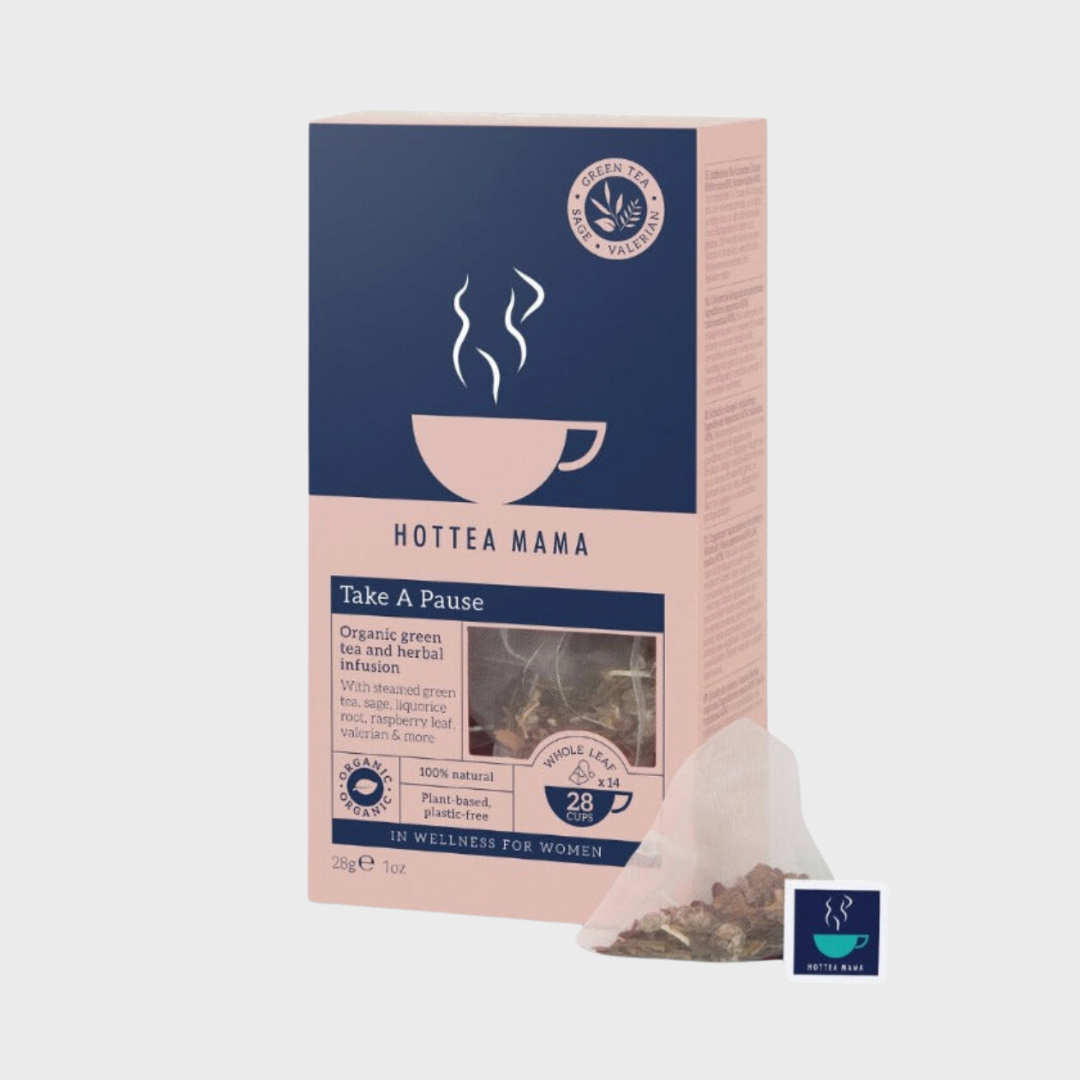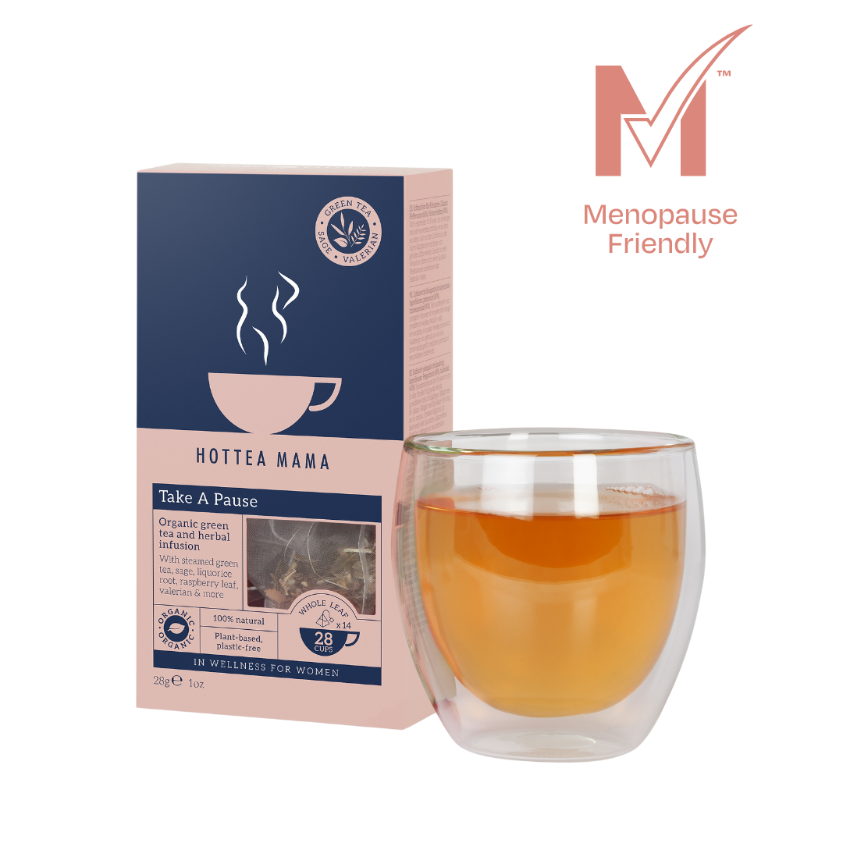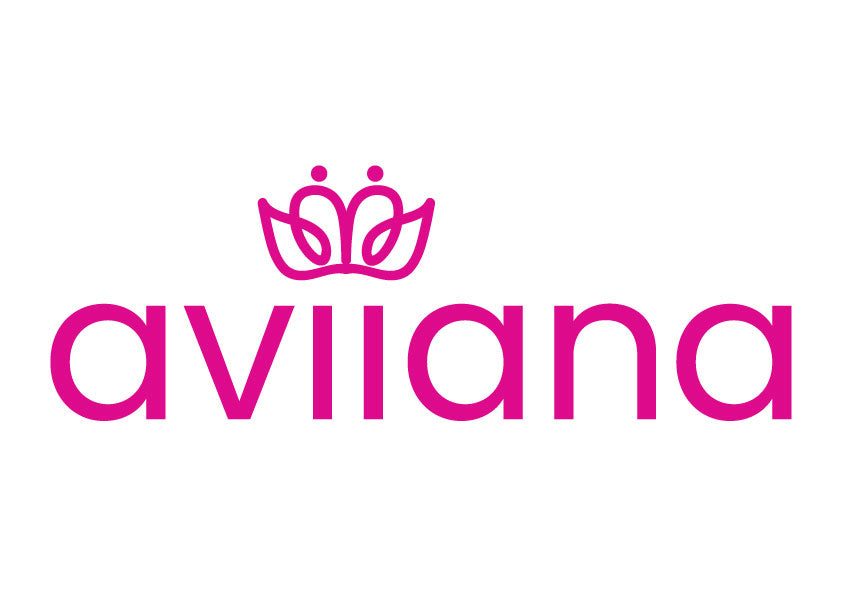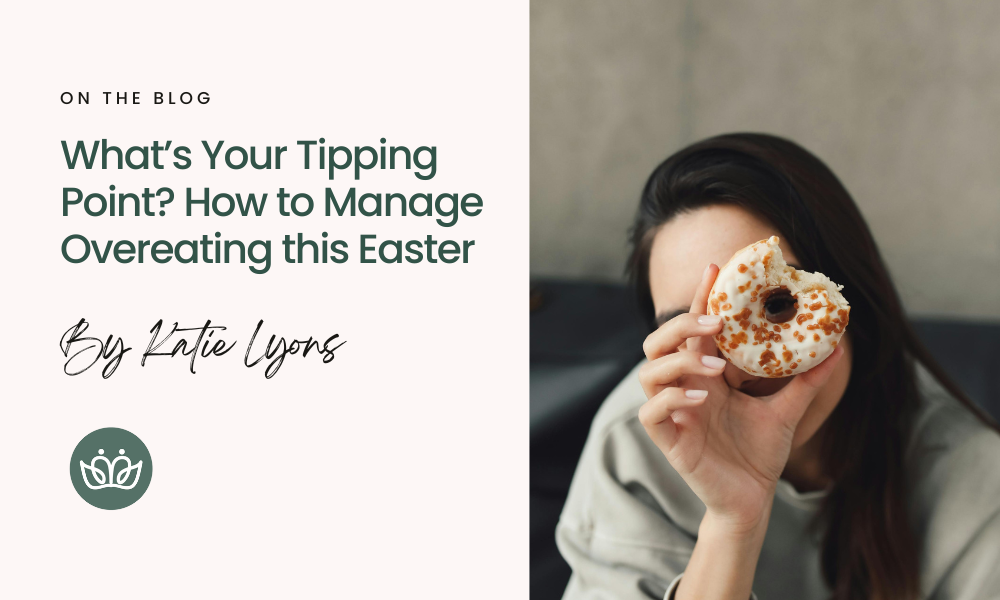
Author: Katie Lyons - Aviiana's Nutrition Coach
Easter is a time to celebrate with loved ones, and it often brings delicious treats into our lives, from chocolate to hot cross buns. While it’s natural to enjoy these special foods, it can sometimes be hard to stop once you've started. If this sounds familiar, you're not alone! There’s a lot at play behind those moments of indulgence and understanding how it all works can help you feel more at ease with your choices.
Why We Struggle to Stop Eating: The Psychology of Overeating
Overeating isn't about lack of willpower. It’s influenced by emotional, behavioural, and physical factors. Here are some common reasons we struggle:
- Instant Gratification: Foods like chocolate trigger dopamine, the pleasure hormone, making it hard to stop once you’ve started.
- The ‘All or Nothing’ Mindset: The thought of "I’ve already messed up" can lead to more overeating.
- Emotional Eating: Stress or emotions can lead us to seek comfort in food, even when we're not physically hungry.
- Environmental and Social Cues: Treats in sight or social pressure can trigger cravings.
- Habit Loops: If you’ve formed a habit of eating certain foods at specific times, your brain may crave them automatically.
Understanding these triggers helps you approach them with compassion, not guilt. One way to regain control is through a Personalized Food Spectrum.
Creating a Personalized Food Spectrum: Making Mindful Choices
A Personalized Food Spectrum helps you enjoy indulgences while making mindful choices. The idea is to identify your "tipping point" food—the ones you struggle to stop eating—and create a spectrum from that food to healthier alternatives.
For example, if chocolate is your tipping point, you might create a spectrum like this:
- Feel Out of Control: Cadbury chocolate easter eggs (the hardest to stop eating), as they’re incredibly tasty, not very filling, and disappears in a matter of seconds.
- Middle Ground: Choosing a quality dark chocolate (more than 70%), slightly more nutritious but more importantly, they are not as easy to overeat, palate fatigue tends to kick in faster, the darker the chocolate the better.
- Healthier Choice: Boost the nutrition with protein-packed Greek yogurt, fibre-rich whole fruits, and crunchy nuts, all topped with a sprinkle of dark chocolate chips to keep that chocolatey satisfaction alive.
If a buttery hot cross bun is your tipping point, your spectrum could look like this:
- Feel out of Control: Daily hot cross buns with lots of salted butter as your afternoon tea
- Middle Ground: Swap for some thin raisin toast with a little margarine
- Healthier Choice: Choose wholegrain toast with eggs and avocado
The idea is to have two go-to alternatives for your favourite trigger foods, so when those cravings hit, you’ve got some healthier options ready to go. You can always adjust depending on how you're feeling—it’s all part of the process! The more you practice this, the easier it gets to make better choices. Using a food spectrum strategy like this can really help you make lasting, positive changes while improving your relationship with food.
The Top 5 Benefits of Our Food Spectrum Strategy
-
Empowerment Through Control
By viewing food choices along a spectrum, you can feel empowered, making decisions that work for you instead of feeling restricted. This sense of control helps you break free from the "all or nothing" mindset and allows for balanced choices. -
Increased Mindfulness
Before reaching for a trigger food, using a food spectrum encourages you to pause and ask, "Where does this fit on the spectrum?" This simple check-in helps you make decisions based on how it will make you feel and what your body truly needs. -
Long-Term Behaviour Change
By consistently evaluating your choices along a spectrum, you're teaching your brain to make mindful decisions over time. This gradual shift helps build lasting habits, reducing reliance on willpower alone and making healthier choices second nature. -
Reduced Guilt and Shame
With the flexibility to enjoy foods without overindulgence, the food spectrum removes guilt from your eating habits. When you're not restricted, you're more likely to make healthier choices and feel better about your food decisions. -
Better Food Relationships
The food spectrum encourages you to see indulgent foods as part of a bigger picture, not as "bad" or "off-limits." This mindset fosters a healthier relationship with food by allowing you to balance enjoyment with nutrition, rather than creating unnecessary conflict around food choices.
Enjoy Your Easter, Guilt-Free!
We hope this helps you enjoy Easter without stressing about it throwing off your health goals. Creating your own food spectrum is a great way to find balance, not just for Easter, but moving forward too.
It’s all part of Aviiana’s approach to nutrition—helping women make peace with food and enjoy meals without feeling restricted. Every meal is a chance to make a choice that supports your health and remember—Easter is just one day. So, enjoy it, savour the moment, and know that the next meal is always an opportunity to reset and keep moving forward!


